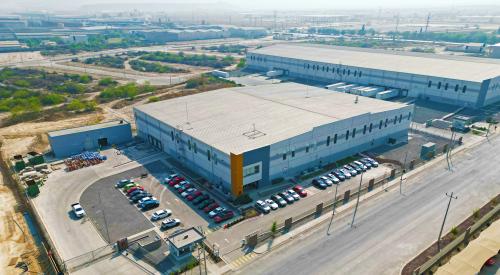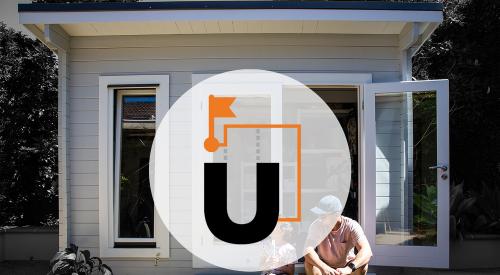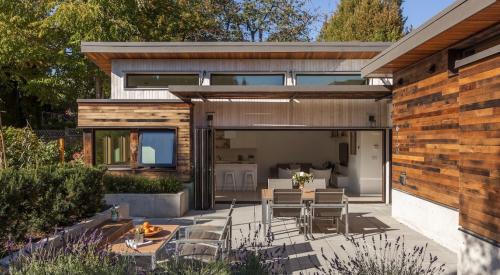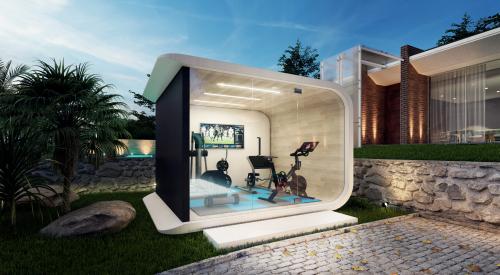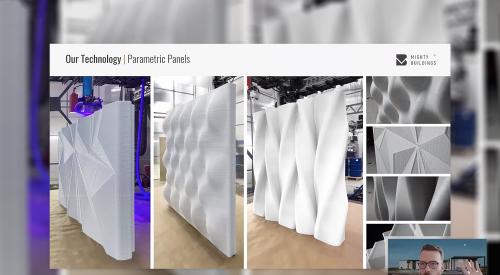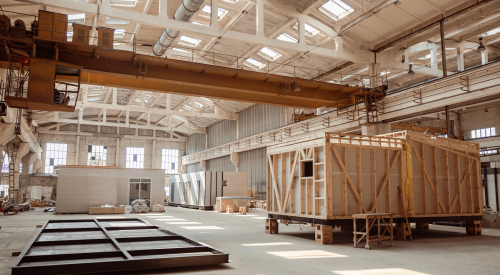3D printing technology certainly has come a long way in recent years, and in California a Silicon Valley startup is proving that tiny houses can be 3D-printed too.
Accessory dwelling units, or ADUs, are becoming increasingly popular in the state; several new laws regarding the tiny dwellings went into effect Jan. 1, 2020, that make it easier for single-family homeowners and multifamily property owners to construct them. Most notably, California legislators have relaxed regulations such as decreasing the amount of time to approve or deny permits from 120 days to 60 days.
Homeowners see ADUs as an opportunity to generate extra income through rentals, or to expand their living and work space.
And companies like Oakland-based Mighty Buildings are responding, pioneering the way to print housing faster with less cost and less construction waste. The startup currently has more than 20 ADUs under contract throughout California, and has partnered with a Beverly Hills developer to apply its proprietary technology to multifamily projects in Los Angeles. It is also the first company to achieve certification under the UL 3401 standard for evaluating building structures and assemblies.
From permitting to installation, Mighty Buildings offers units varying from the Mighty Studio (a 350-square-foot, 1 bed/1 bath setup) to the Mighty Cinco (1,440 square feet). The company says its solution is completely turnkey, so they assemble permit packages, pour the foundation, connect utilities, and install the prefabbed unit for customers.
Take a tour of a Mighty Studio unit.
While ideal for family members who might want to get away in their own backyard after being cooped up together all year, ADUs are also seen as a potential solution for more affordable housing or for adding more “gentle density” to multifamily buildings.
\



